
Grades:
9th Grade, 10th Grade, 11th Grade, 12th Grade
This lesson is designed to introduce the concept of composting and its importance for sustainability and waste reduction. This lesson takes place in a classroom and school garden for two or more weeks

Grades:
7th Grade, 8th Grade, 9th Grade, 10th Grade, 11th Grade, 12th Grade
This is an overview of Electronic Circuits, using TinkerCad to learn how to change components, add wires and connect a circuit. Three online simulation lessons are provided with the option to continue

Grades:
9th Grade, 10th Grade, 11th Grade, 12th Grade
Students go to four different stations to observe how pressure, temperature, and volume interact to affect the behavior of gases. They will also utilize math skills for some of the stations in this
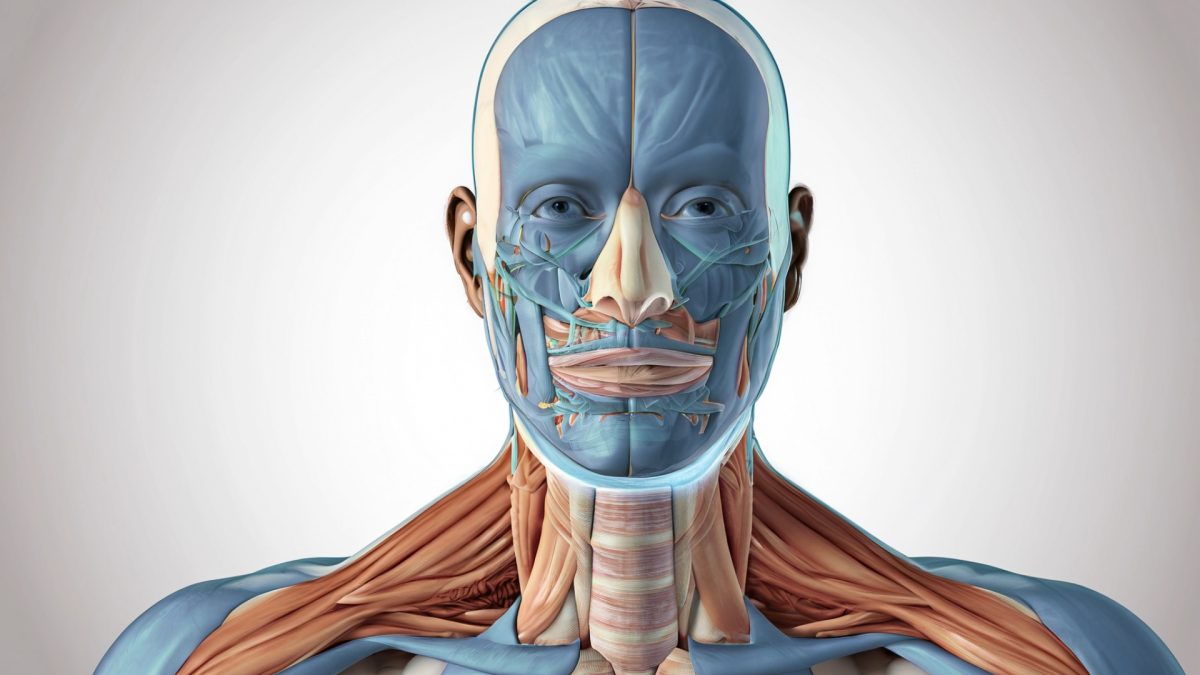
Grades:
9th Grade, 10th Grade
In this hands-on lesson, students will obtain, evaluate and communicate data to explain the relationship between cellular respiration and the body systems used in exercise.

Grades:
9th Grade
Students will grow two plants, one control and one with a manipulated independent variable. Throughout the time the plant grows students will monitor the plants and make observations. They will also

Grades:
9th Grade, 10th Grade, 11th Grade
This is a week-long set of lessons building on the structure and function of skin. The first few days will have students using technology to complete research. Students will also explore the

Grades:
7th Grade, 8th Grade, 9th Grade, 10th Grade, 11th Grade
This is a lesson that can be taught in 5 days or one week. The lesson was put together in collaboration with the Smithsonian Science Education Center. It talks about global goals (one of which is food
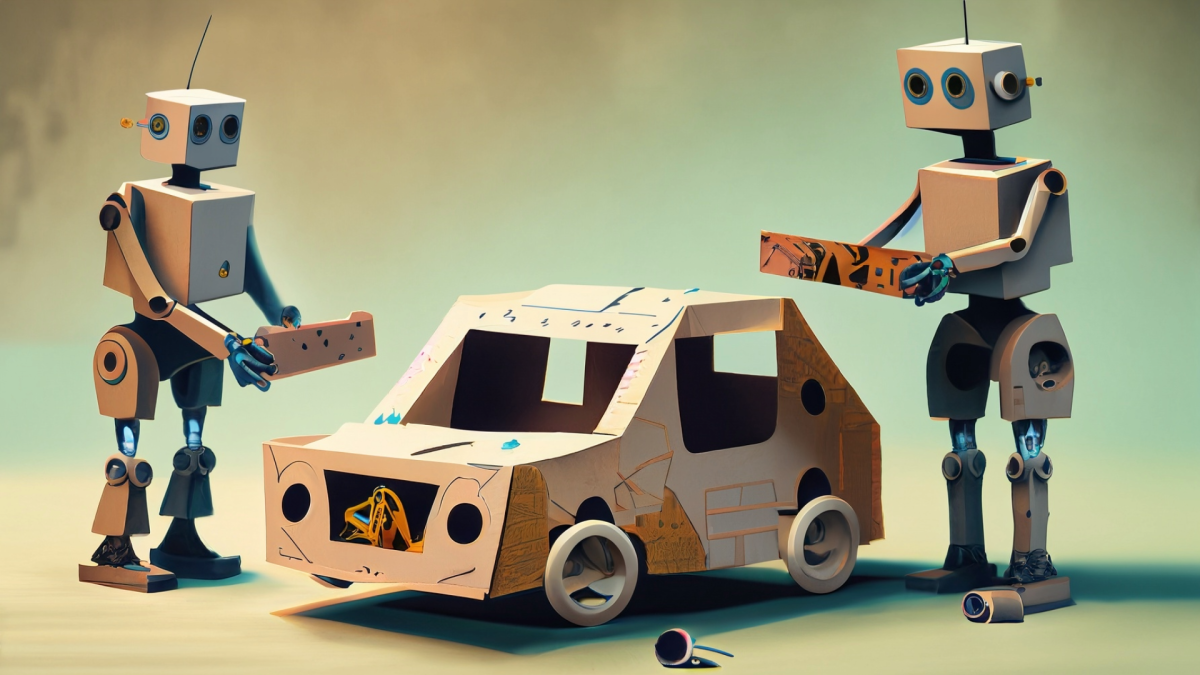
Grades:
3rd Grade, 4th Grade, 5th Grade, 6th Grade, 7th Grade, 8th Grade, 9th Grade, 10th Grade, 11th Grade
This engineering design STEAM lesson is intended to be introduced as a playful and inventive approach to learning simple machines. Students explore levers, cams, cam followers, linkages, and other

Grades:
7th Grade, 8th Grade, 9th Grade, 10th Grade, 11th Grade, 12th Grade
Want to incorporate the Arts into your 7-12 STEM classroom? The Global Science Opera provides a way to do just that! Learn how to facilitate a STEAM collaboration with arts teachers to make it happen.

Grades:
9th Grade, 10th Grade, 11th Grade, 12th Grade
In this lesson, students will explore the key physics principles that govern the design and operation of street lighting systems. Through a hands-on engineering design challenge, students will apply

Grades:
9th Grade, 10th Grade, 11th Grade, 12th Grade
Slow Sustainable Fashion T-Shirts combines art, design, math, and technology. Student will gain and understanding of sustainable slow fashion design by deconstructing a recycled printed t-shirt and

Grades:
9th Grade, 10th Grade, 11th Grade, 12th Grade
This lesson is a follow-up to the lesson titled "Creating Sustainable Solutions with Bioplastics Part 1". In this lesson, students evaluate different ingredients for bioplastics and create a minimum

Grades:
9th Grade, 10th Grade, 11th Grade, 12th Grade
In this lesson students evaluate the advantages and disadvantages of conventional, petroleum-based plastics, bioplastics, and their different varieties. The lesson is driven by class/group research
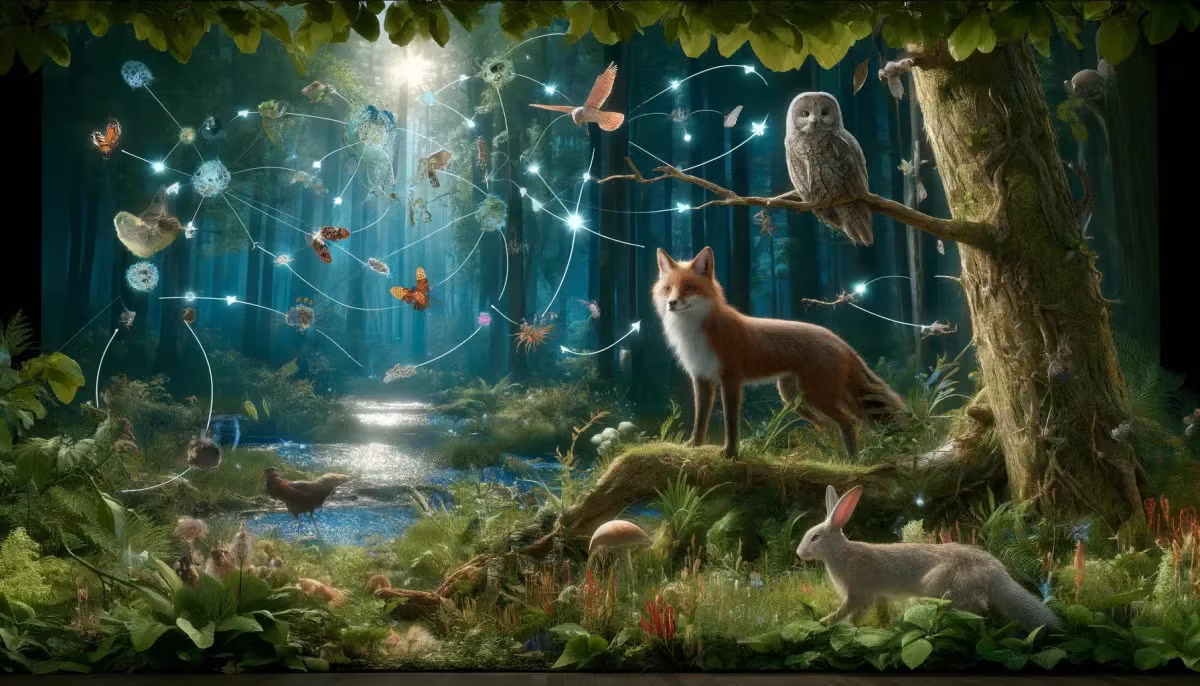
Grades:
9th Grade, 10th Grade
This is a lesson that shows how mutations can cause evolution and speciation. Students will also create graphs by using their data.

Grades:
7th Grade, 8th Grade, 9th Grade, 10th Grade, 11th Grade, 12th Grade
The purpose of this project is to have students use their knowledge of series and parallel circuits to create an electronic greeting card or an electronic game. This lesson should be given after

Grades:
9th Grade, 10th Grade, 11th Grade, 12th Grade
Students will delve into the intricate web of Earth systems, recognizing their interconnected nature and unlocking the secrets of Japan's geological features through observation and data collection

Grades:
7th Grade, 8th Grade, 9th Grade, 10th Grade, 11th Grade, 12th Grade
The students in this lab activity will play a competitive game with a small bouncy ball. The students will analyze the motion of the ball and apply projectile motion concepts. This activity requires

Grades:
8th Grade, 9th Grade, 10th Grade
In this activity, teachers will guide students through a simulation that models the population dynamics between fish and bears. The objective is for students to understand and analyze the interactions
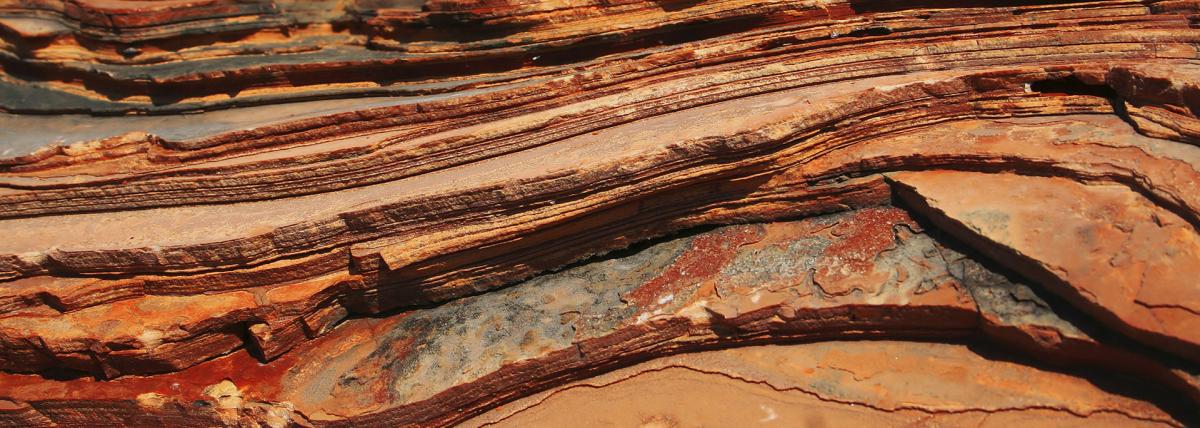
Grades:
8th Grade, 9th Grade
In this lesson, students will embark on an investigative journey to explore the geological history of their local community. Through hands-on activities and research, students will analyze rock layers

Grades:
9th Grade, 10th Grade
Students use Play-Doh to model deposition of rock layers and then folding and faulting. This is to help students understand relative ages of rock layers and introduces the ideas of the laws of
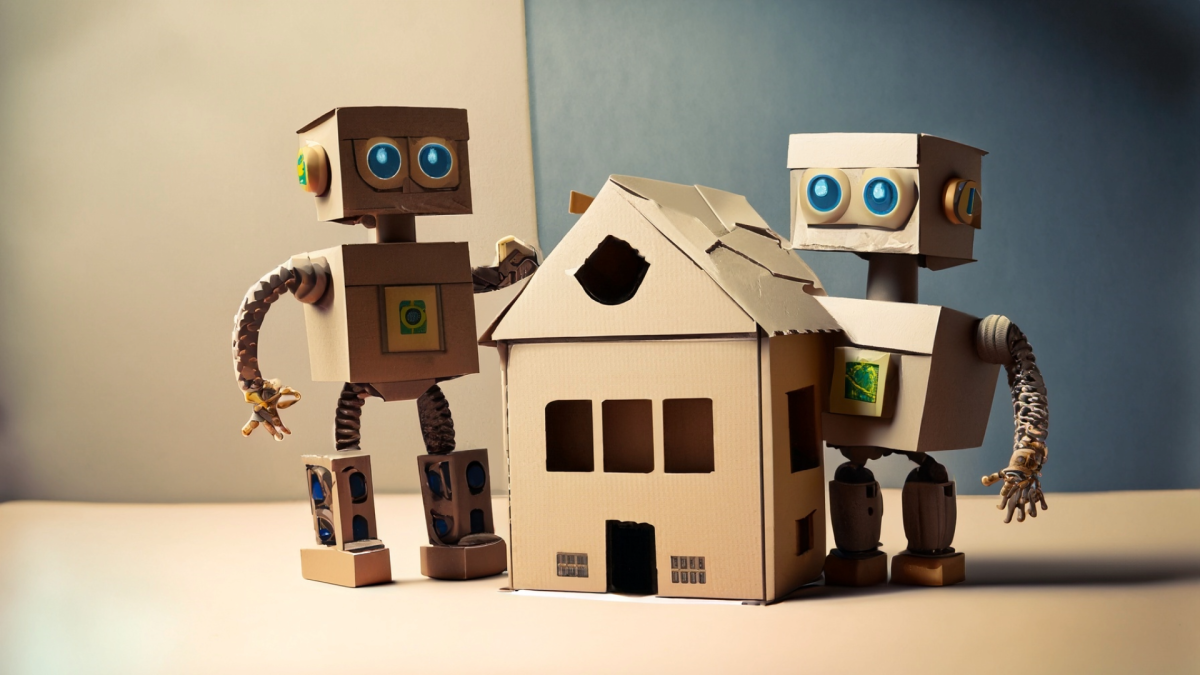
Grades:
9th Grade, 10th Grade, 11th Grade, 12th Grade
Lesson 4 culminates the series on electricity with the Electric House Project, where students apply their knowledge to design, construct, and wire a model house that meets specific electrical

Grades:
9th Grade, 10th Grade, 11th Grade, 12th Grade
Lesson 3 in this series focuses on hands-on engagement with electrical circuits using the EUDAX Physics Science Lab Learning Circuit Kit. Students will construct both simple and complex circuits

Grades:
7th Grade, 8th Grade, 9th Grade, 10th Grade, 11th Grade, 12th Grade
In this lesson the students will develop the code they previously planned out and will deploy their code to the drone. They will continue the process of reflection and iterative improvement. This is

Grades:
7th Grade, 8th Grade, 9th Grade, 10th Grade, 11th Grade, 12th Grade
In this lesson students will collect data on the performance of their drone. Students will design a systematic process of data collection that will then lead to the development of a predictive model


